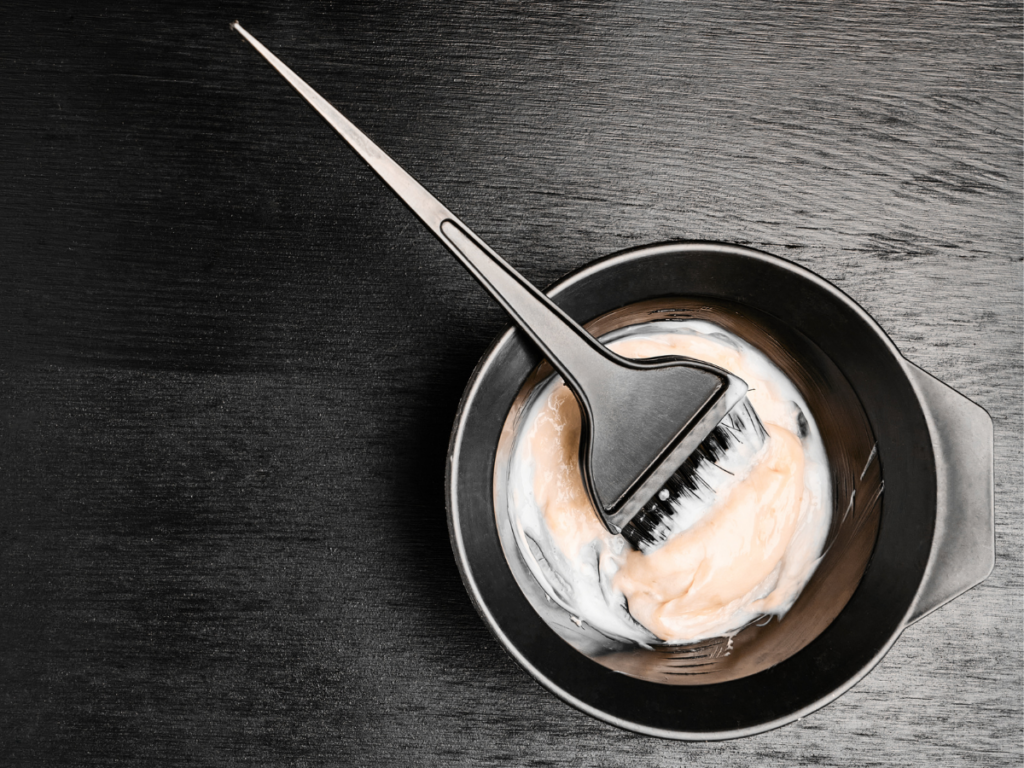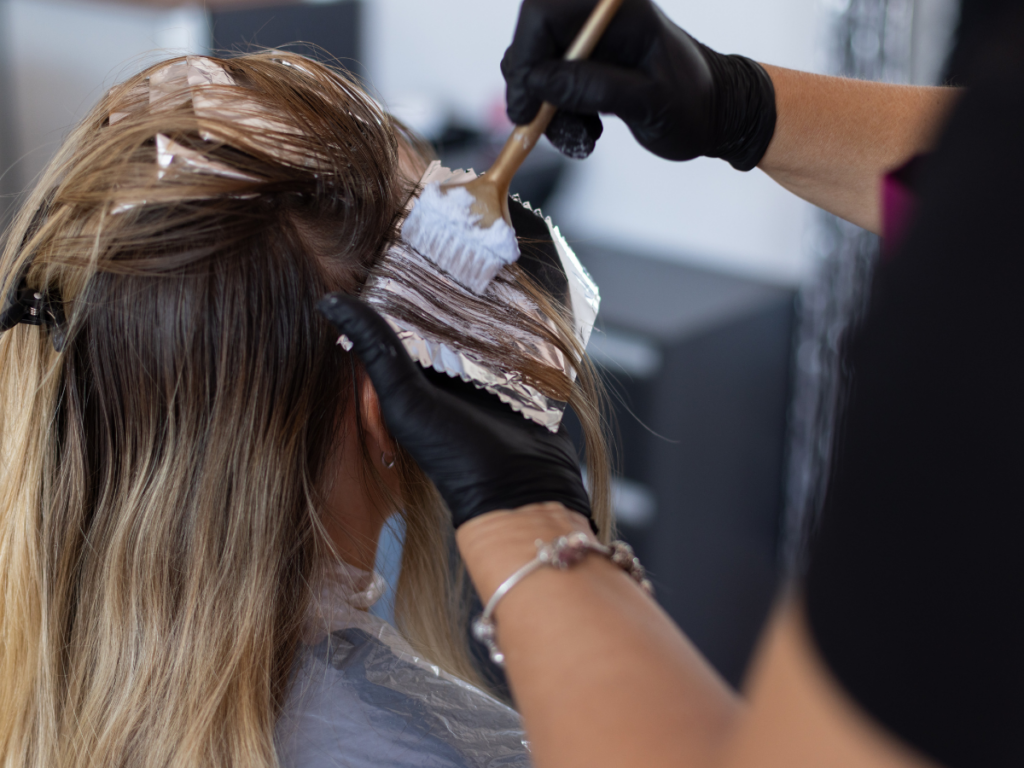Researchers have been suspicious about the adverse health impacts of hair dye for many years, and rightly so. It is estimated that around 75% of women in the United States dye their hair on a regular basis. Several studies have revealed a strong link between the regular use of permanent hair dye and an increased risk of certain cancers and rheumatoid arthritis in women.
As the largest consumer of hair products, it only makes sense that women would be the most vulnerable to these unwanted effects. Many over-the-counter body and skincare products also contain endocrine-disrupting-chemicals, which dramatically impact normal hormonal balance. So when recent researchers found that there’s yet another class of beauty-care products putting certain women at higher risk, it didn’t come as a big surprise.
What the Research Says…
According to a recent study that compared the differences in hair care products between groups of sisters, those that were using chemical straighteners AND permanent hair dye had a significantly increased risk of developing breast cancer over their biological counterparts. How does this work if the products only get applied to the hair? How would this increase the risk of breast cancer?
Well, as it turns out, the hair isn’t the problem at all. For these chemical hair dyes and straighteners to do their job, they need to be applied to the entire hair shaft, right up to the scalp. That’s where the problem lies. As our largest organ, the skin helps to separate things in the external world (our environment) from the inside world. It is also very porous, meaning it will absorb anything that comes in contact with the skin. When these toxic chemicals come into contact with the skin, they penetrate directly into the lymphatic tissue and eventually enter the bloodstream.

Toxins on a Regular Basis
Regularly visiting a hairstylist for routine color or hair straightening every 4-6 weeks exposes the skin to toxic chemicals for 30-45 minutes, during which time the skin absorbs them. The distinctly toxic smell that you inevitably inhale during the application also indicates their harmfulness. Every breath transports these airborne chemicals to the bloodstream via the lungs. So, between the direct contact on the skin and inhalation through the lungs, the risk of toxicity is pretty high.
Natural brands of hair color may be an option for some women. However, they don’t typically provide the same results as permanent hair color would. This is because they don’t contain the chemical mixture that opens the hair shaft, allowing the color to permeate. Even the natural brands can contain other toxic ingredients, so be sure to read the label carefully.
What are the options for health-conscious women when it comes to hair coloring or straightening? Well, for those who want to cover the grey or change their natural hair color to a different shade, studies have shown that using semi-permanent hair color doesn’t carry the same risk as permanent coloring does. The less-offensive semi-permanent products don’t force the hair shaft open as drastically. This means they might require a little more frequent coloring. As far as those hair-straightening chemicals, they are best left alone.
Working in the Field
An even greater concern than individuals who color their hair is the risk to those who regularly work with hair dye. In 2020, the International Agency for Research on Cancer concluded that occupational exposure to hair dye is “probably carcinogenic to humans.” This finding stemmed from a report showing that hairdressers and barbers had a higher risk of bladder cancer. Moreover, the longer they worked in this environment, the more likely they were to develop the disease.
Our best advice for professionals in this field is to focus on hair styling and avoid using dyes whenever possible. If you must work with them, always wear gloves and do your best to support your detox pathways on a daily basis!
Our favorite products to support detoxification on a daily basis are:
- SP Cleanse – an integral part of our 21-Day Cleanse program. Contains 20+ foods and herbs that promote liver, gallbladder, and kidney functions.
- LivCo – an herbal blend of Milk thistle, Schisandra, and Rosemary to promote liver detoxification and protect the liver from environmental insults.
- ChelaCo – an herbal blend of Milk thistle, Garlic, and Hawthorn. This combo helps to latch onto heavy metals and combat the associated free radical damage. Available in office or contact us for shipping.
- Spanish Black Radish – is a concentrated source of sulfur, which acts as a key phytonutrient in the liver’s production of glutathione. Available in office, or contact us for shipping.

Our advice for everyone else?
Be proud of your hair, in whatever shape, style, or color it naturally comes in. We think you’re beautiful just the way you are!
Here’s to aging naturally and gracefully in the way that suits you the best!


